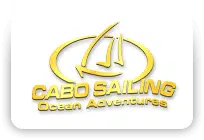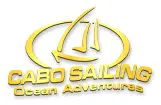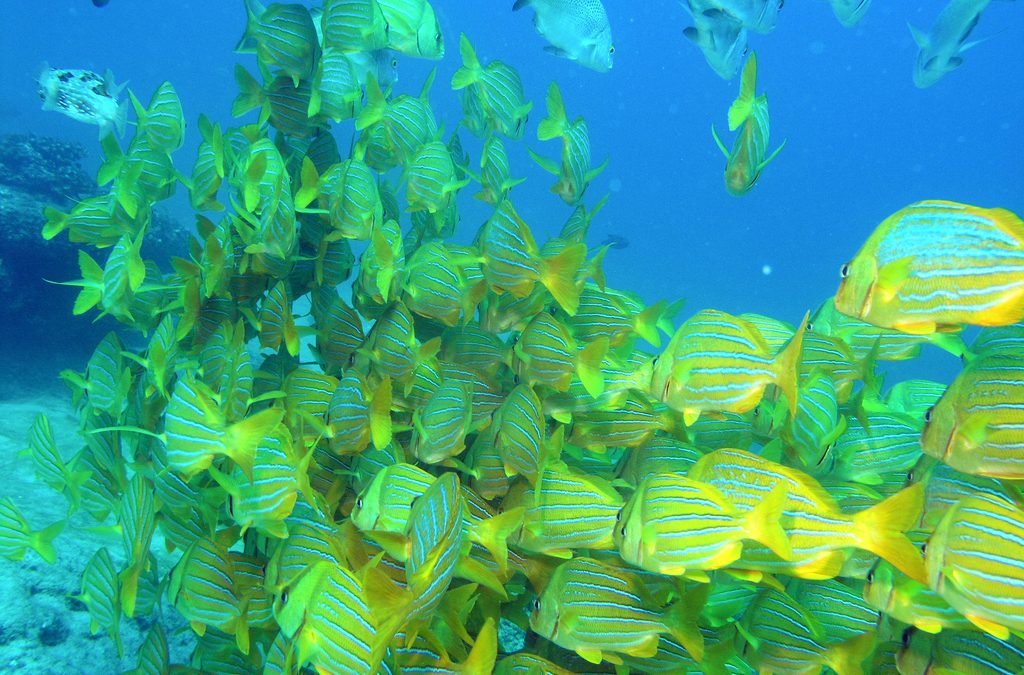Cabo’s Underwater Paradise
Is Cabo San Lucas Good for Scuba Diving?
Yes, Cabo San Lucas is an excellent destination for scuba diving. It offers warm, clear waters year-round and is home to a diverse array of marine life, making it a haven for both novice and experienced divers.
The Allure of Cabo San Lucas
Cabo San Lucas, a gem of Mexico, is renowned for its vibrant party scene, tequila-soaked festivities, and celebrity sightings.
While these attractions draw in a crowd, the true treasure of Cabo lies beneath the surface of its crystal-clear waters.
The town’s marine biodiversity and warm waters make it a haven for scuba diving enthusiasts.
The Sea of Cortez: A Warm Water Wonderland
With its warm, clear waters, the Sea of Cortez is a major draw for those seeking an escape from the winter chill.
The water temperature remains comfortable throughout the year, peaking at 86 degrees in the fall.
Even during the coldest months of January and February, visibility remains 20 feet. These months also offer the unique opportunity to witness Grey and Humpback whales in their natural habitat.
A Dive into Cabo’s Marine Life
Cabo’s underwater world is teeming with a diverse array of marine life.
From the North Wall near Land’s End, home to various eels, stingrays, and fish, to the unique Sand Falls at Pelican Rock, there’s a wealth of sights to explore.
Neptune’s Finger, a rock formation jutting out from the ocean floor, and Land’s End, where the Sea of Cortez meets the Pacific Ocean, are other must-visit locations for marine wildlife enthusiasts.
Scuba Diving for All
Cabo’s underwater world, once described by Jacques Cousteau as “the aquarium of the world,” is accessible to divers of all skill levels.
There are numerous dive sites suitable for both beginners and experienced divers.
Top Spots for Snorkeling and Scuba Diving alike in Cabo San Lucas are places like Pelican’s Rock, Santa Maria Bay, and Chileno Bay offering a glimpse into the underwater world for those who need more time to get ready for a full dive.
Dive companies provide all necessary equipment and certified instructors, ensuring a safe and rewarding experience.
Non-certified divers can take a PADI Discover Scuba Diving course, which includes a brief introduction to essential skills before embarking on the adventure.
A Cabo San Lucas Scuba Diving with Cabo Sailing
Considering Cabo San Lucas for scuba diving? Our small group tours offer an intimate, immersive experience.
Dive or snorkel in the Sea of Cortez, home to diverse fish species. With us, Cabo Sailing, you’ll visit popular sites and receive all the necessary gear and guidance from a certified instructor. Non-certified? No problem!
An All-Inclusive Cabo San Lucas Scuba Diving Experience
Enhance your Cabo San Lucas scuba diving experience with our comprehensive tour.
Depart from Cabo San Lucas and visit iconic sites like the famous arch, Lover’s Beach, and the sea-lion colony.
Upon reaching the dive site, receive a detailed briefing and assistance with fitting your wetsuit. Post-dive, enjoy a light lunch as we sail along Cabo’s stunning beaches before returning to the marina.
Our menu includes an unlimited bar and a variety of food options, with vegetarian and Mexican options available upon request.
Sailboats offer tortilla chips, homemade guacamole, sandwiches, fresh fruit, and a sweet treat. Yachts offer a similar menu, with a complimentary Mexican option available.
The tour lasts 4 hours and includes a professional, bilingual crew, safety gear, and fresh towels.
Note that additional charges apply for certified and non-certified divers, with a minimum charge for two divers. Enjoy the best of Cabo San Lucas scuba diving with us!
Discovering Cabo’s Underwater Wonders
Cabo San Lucas, with its diverse marine life and warm, clear waters, is a paradise for those who love the ocean.
Whether you’re a novice snorkeler or an expert diver, Cabo offers an unforgettable underwater experience. So, why wait? Dive in and discover the wonders of Cabo’s underwater world.



